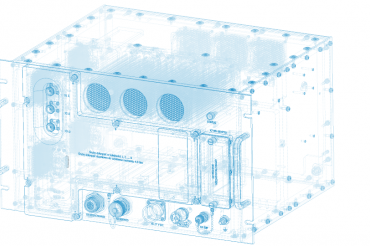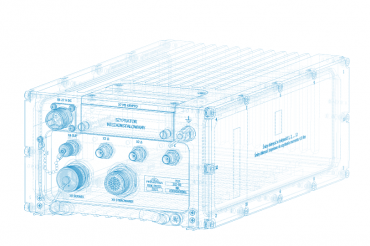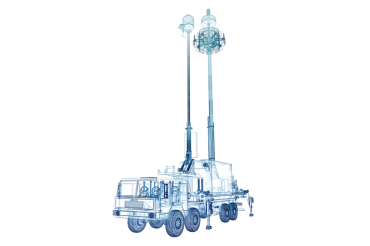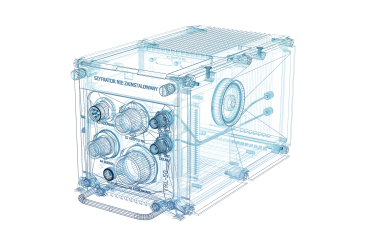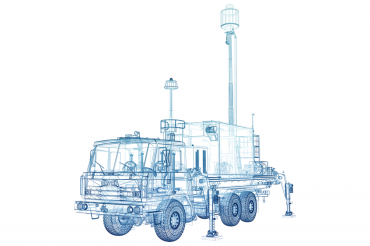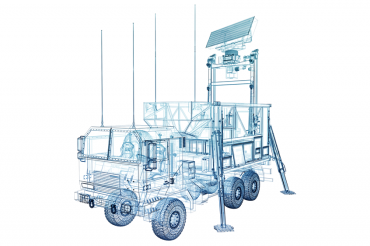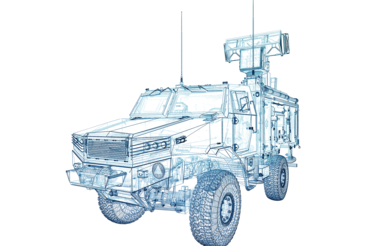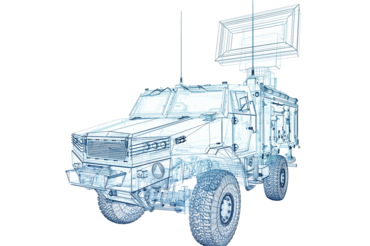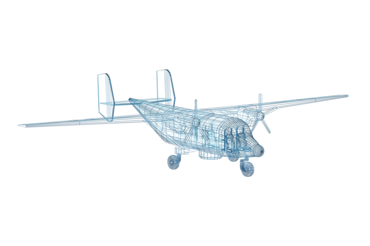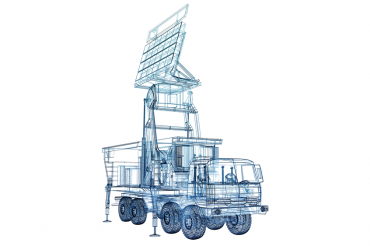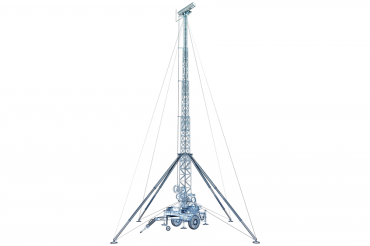The mobile LIWIEC Weapon Locating Radar is designed to co-operate with integrated artillery command and control systems as well as directly with batteries and individual guns. It can be used to protect military bases and important facilities.
LIWIEC radar supports the counter-battery warfare by:
- automatic detection and tracking of multiple mortar, gun and rocket artillery projectiles of different types in flight (RAM)
- automatic classification of projectiles and respective firing posts
- extrapolating individual gun emplacements and classification of the fire unit
- plotting individual projectile impact coordinates
- feeding data into automated fire control systems
An electronically steered narrow microwave beam in C-band (NATO-G) seeks the horizon line in a 90° sector for each antenna position, with data refreshment time 0,5 s. The mechanical setting of angle of antenna within 180° sector combined with 90° electronic steering, result in full coverage of 270° in azimuth.
The RAM-type target after being detected is tracked with data refreshment rate of 0,1 to 0,5 s. In the ascending part of the projectile trajectory, its parameters are calculated, thus the points of launching and impact. Besides the RAM targets also air vehicles can be tracked, as aircrafts, helicopters, missiles, and UAVs as well as weather phenomena and land vehicles. The radar is capable of detection and tracking of 23 mm artillery shells. The LIWIEC applies digital maps (WGS-84, UTM) and enables archiving of recognition, history of cooperation with superordinate systems and operator’s activity. The radar uses two BITE subsystems. The radar is powered by a diesel generator mounted on a standard shelter, which is backed-up by an auxilliary vehicle engine driven generator.
Zalety
LIWIEC - advantages
- single vehicle
- short deploying and stand-down time
- high mobility
- high resistance to harsh environment factors, clutter and jamming
- Low Probability of Intercept capability
- redundant power supply





